No Water, No Cities: A Review of “The Human Scale” at the Traverse City Film Festival
Danish documentary explores the beating human heart of cities but fails to examine water in the urban landscape.
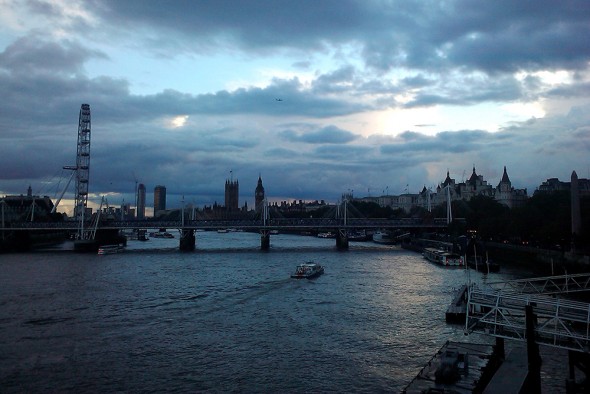
By Joanne Yao
Circle of Blue
TRAVERSE CITY, Michigan — Sweeping in its scope, The Human Scale is an 83-minute journey through the world’s largest cities, from Beijing’s Hutongs to the pedestrian walkways of Copenhagen to the crowded sidewalks of New York City’s Times Square. The documentary film, written and directed by Danish filmmaker Andreas Møl Dalsgaard, also explores the creation of new urban centers from the growing core of Bangladesh’s Dhaka to the rebuilding of New Zealand’s Christchurch after a devastating earthquake to the planned frenzy of China’s Chongqing. A minimalist and insistent score ushers the narrative along, while images expose the colors and characters of the modern megacity. Yet, though Dalsgaard’s film explores the necessity of placing the human being at the center of city planning, it fails to examine water in the urban landscape.
Dalsgaard successfully inspires the audience to re-imagine the city as a human space. His film encourages viewers to ask, “How can we design cities as an inviting space that caters to the needs and desires of people walking at three miles per hour, rather than cars driving at 60 miles per hour?”
To transform a city into such a space, the film advocates that urban planners need to listen to the voices of ordinary people. However, with the exception of a brief sentence describing the depletion of Dhaka’s groundwater, the film surprisingly misses one important element that permeates urban spaces and mediates human relationships with the city: water. And since humans are highly dependent upon water biologically, economically and aesthetically, it follows that the cities we build will also depend on the rivers that flow through them, the lakes and oceans that surround them, and the aquifers that lie below them.
Moreover, as 80 percent of the world’s population are expected to live in urban spaces by 2050, and as climate change and increased use deplete water reserves around the world, urban planners must keep water in mind while designing the cities of the future. Cities will not only need vibrant pedestrian streets and smart living spaces but also water-management systems that will allow them to meet the water needs of their citizens.
Message To The Masses
The Human Scale was released in November 2012 and made its Michigan debut this week at the ninth annual Traverse City Film Festival, where it showed to a sold-out Milliken Auditorium on Wednesday. Dalsgaard’s film features Danish architect Jan Gehl’s lifetime of work studying the beating human heart of cities, beginning with the individual who walks, lives, plays, and loves along the concrete arteries that crisscross a city: what does he or she need to thrive? Then, Gehl envisions a city that would encourage the spontaneous and meaningful interactions — a shared cup of coffee, a game of chess in the park, a snowball fight — that attract us to urban spaces.
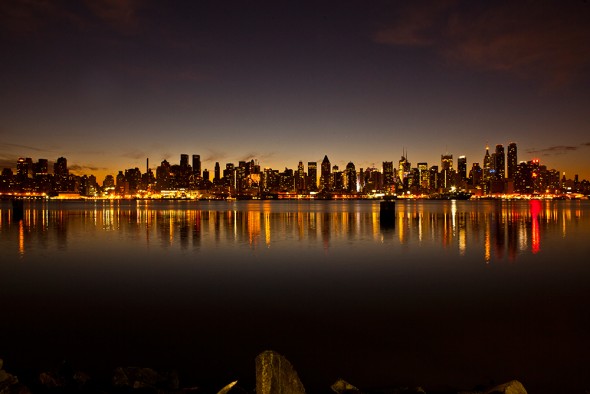
“The megacity is a reality, and it looks a lot like the visions of science fiction films through the 20th century,” begins the film. “Gigacities are soon to be. In the midst of this cold, bleak vision of the future, we have the human being. It doesn’t fit the cliché of modernity — it is personal, warm, intimate, social.”
But, just as crucial as analyzing pedestrian traffic in laying out roads and business districts, a city’s water also requires attention. Cities need water to drink, sewer systems for sanitation, rivers for transport, and fountains to remind us of beauty at the quiet end of a day.
Water As The Foundation
Almost all major cities in the world are built on bodies of water. The iconic cities of our world — London, New York, Paris, Shanghai — all have water as their foundation. What is London without the tidal ebb and flow of the blue-grey Thames, fresh and resolute among the tangled city streets? What is New York without the deep blue of the Hudson to soften the steely skyscrapers and reflect the renowned skyline? What is Paris without the Seine to escort lovers on a summer’s evening? What is Shanghai without its proud and buzzing historic waterfront? San Francisco without its bay? Rio without its sun-kissed beaches? Venice without its system of glistening canals?
Furthermore, a look at the ancient heart of Baghdad, Cairo, or Rome reveals that, since the first civilizations, water has been central to cities at the human scale. And for urban hubs to thrive, water must continue to play a role in the designing of more-human cities.
Joanne (Yuan) Yao, a PhD student in International Relations at the London School of Economics (LSE), is currently interning with Circle of Blue. She holds degrees from the University of Chicago and Johns Hopkins SAIS. Her dissertation focuses on cooperative institutions that govern transboundary rivers.
Circle of Blue provides relevant, reliable, and actionable on-the-ground information about the world’s resource crises.

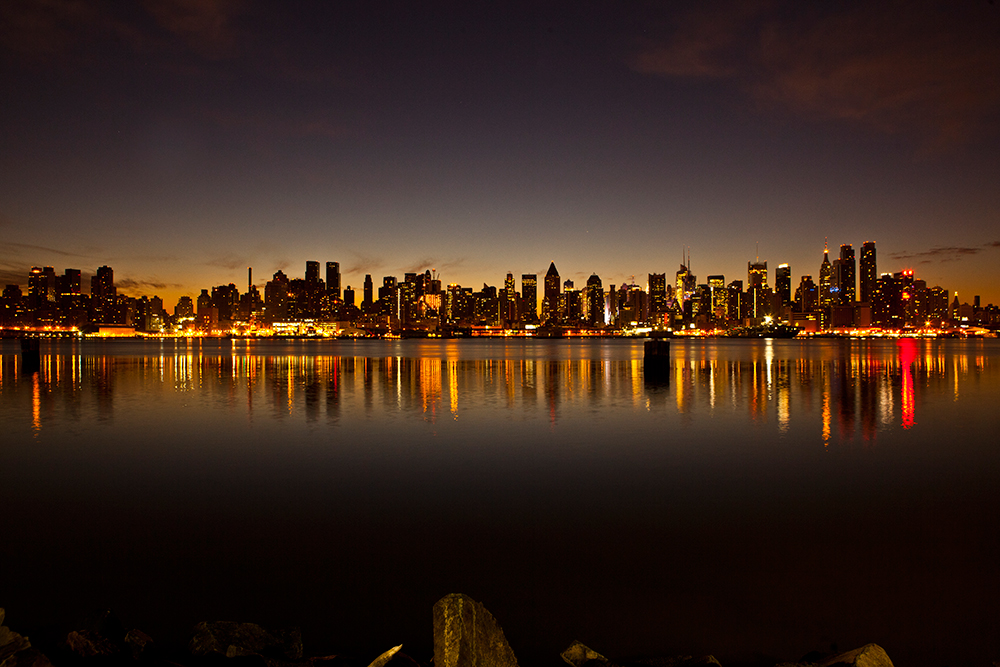

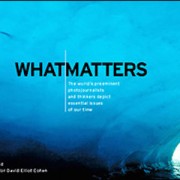
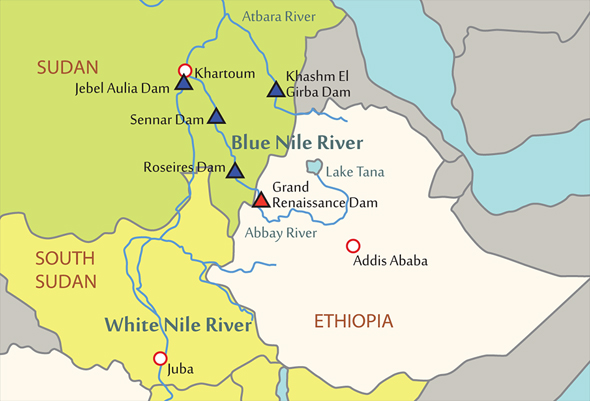
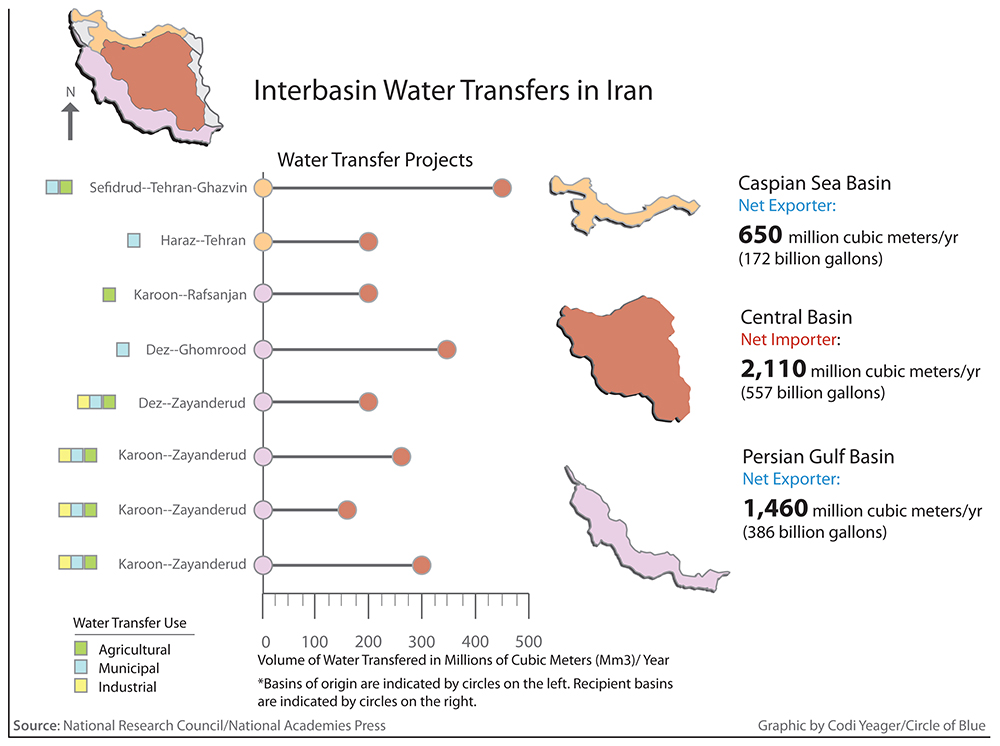

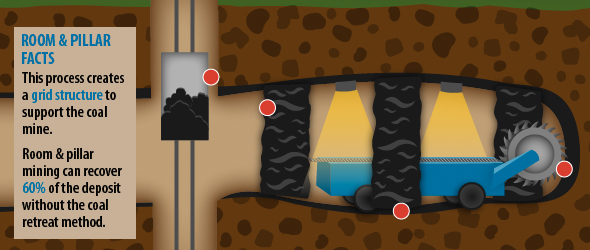



Leave a Reply
Want to join the discussion?Feel free to contribute!